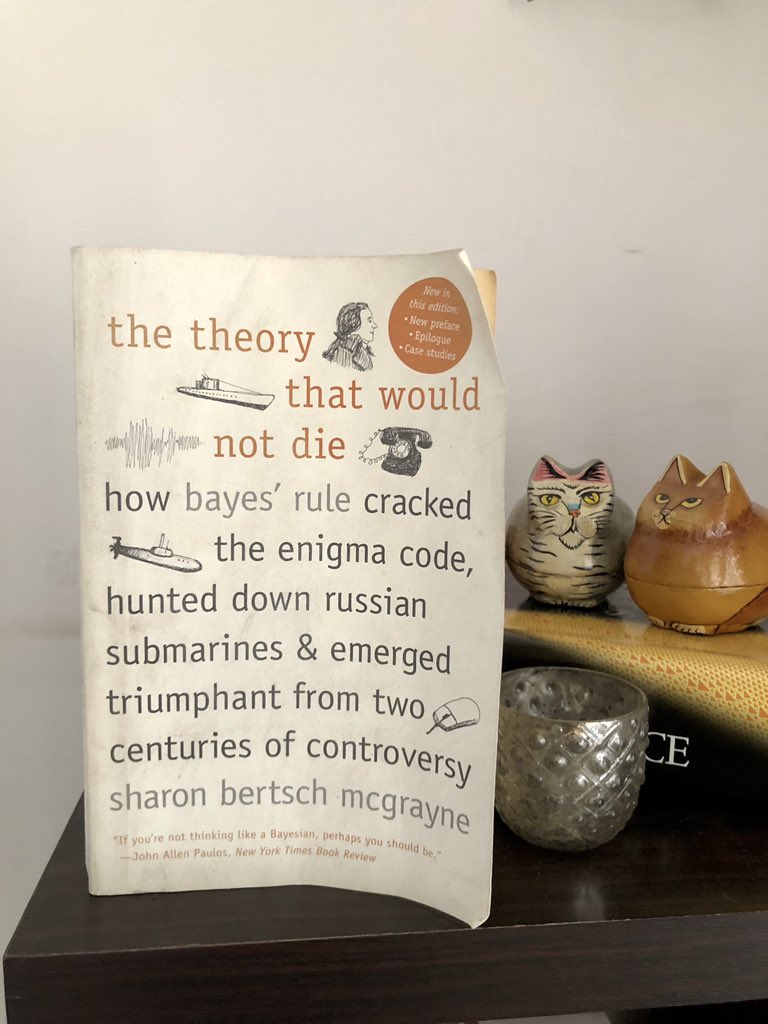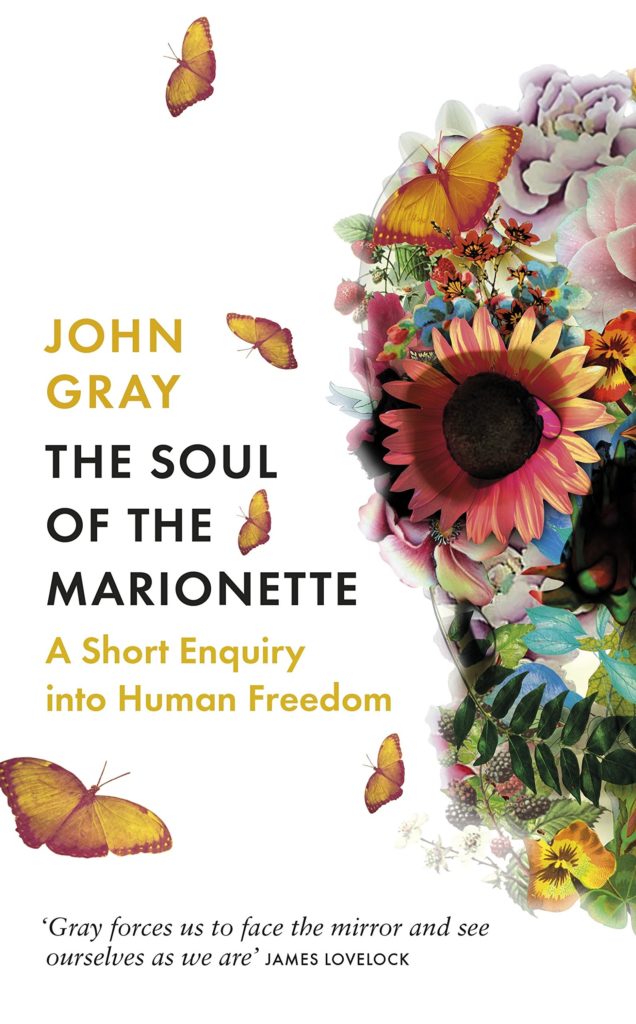At the closing of the last decade, I reviewed the intellectual progress I had in 2010s. Then I reflected upon the year 2020 by writing 20 lessons I learned in that year. Such reflections haven’t been part of any process – I’ve simply enjoyed taking a pause and doing stock of where my time went. Since time is the only limited resource we have, as I’m aging, I’m realizing that being conscious of how it’s getting spent is extremely important. In fact, such reflections are a fantastic way to nudge your future into a direction that you intentionally choose (v/s reacting to circumstances and drifting from year to year). ...
All posts in Notes and Summaries
Notes from the book ‘First Three Minutes’ by Steven Weinberg
It’s mind-blowing that we humans are able to talk about what happened in the first 3 minutes of The Big Bang. This book was written in 1976 which was quite a while back but it’s interesting to note that while there have been extensions in the ideas presented, I’m not aware of any idea being rejected or overturned yet. This should perhaps be unsurprising because most scientific ideas that are accepted as truth are consilient, i.e. they’re supported by multiple lines of evidence. ... Read the entire post →
How much can science tell us about reality?
1/ Reading and re-reading The Brief History of Time when I was young, I grew up into adolescence with an unshakeable faith in science to reveal truths about reality. At school, we were taught scientific laws as if they’re the gospel of reality, never to be changed and never to be questioned. Once you understood magnetism, for example, you could seal that part of reality forever as being understood and then move onto the next thing.
2/ Except that’s not how things happen. Our scientific understanding gets revised all the time. Once the western civilization believed that Earth was created 4000 years ago. Today, most know that it can’t be true. ... Read the entire post →
Is the world becoming better?
This essay is inspired by the book Factfulness where the key idea explored is that the world has witnessed significant progress over the last few decades, but most people are unaware of that fact because they hold distorted views.
Talking of distorted views, to get a sense of how much do you know about the world, I highly recommend taking this quiz. Hans Rosling, the author of the book, had been quizzing thousands of people across the world and most of them (including Nobel laureates) performed worse than random chance on such questions. ... Read the entire post →
How money works
(a massive, 100-part essay)
I recently finished this excellent short book titled What Has Government Done To Our Money. It’s available on the Internet for free and I highly recommend reading it. But in case you want the key insights, here are my notes.
Money as a medium of exchange
1/ In an economy, there’s a variety of people. Different folks specialize in producing different things and each one of them desires different things.
2/ If there are only two people, they can barter (i.e. directly exchange) what each one of them has with what the other one needs. Even with two people, an exchange rate emerges (e.g. how many loaves of bread you both agree on for a pair of shoes?) ... Read the entire post →
20 lessons from 2020
The most beautiful aspect of a SaaS business is that your monthly revenue is more or less stable. Unlike buying a soap, an automatic monthly or a yearly subscription means that customers aren’t frequently re-evaluating their decision for what to purchase.
However, when times are hard, people do think deeply about where their money is going. This year’s pandemic forced everyone to do such introspecting, including customers of VWO – a product that my company builds.
Even though the impact of economic slowdown due to coronavirus pandemic was not existential for our business, we did get impacted. ... Read the entire post →
How to be a Bayesian
Just finished this book on the history of Bayes theorem and I highly recommend it.
In case you’re wondering what is it, keep reading.
(A thread on Bayes theorem)

1/ Statistics is all about calculating probabilities, and there are two camps who interpret probability differently.
Frequentists = frequency of events over multiple trials
Bayesians = subjective belief of the outcome of events
2/ This philosophical divide informs what these two camps usually bother with.
Frequentists = probability of data, given a model (of how data could have been generated)
Bayesians = probability of model, given the data
3/ Most often we care about the latter question.
E.g we want to know given that the mammography test is positive, what is the probability of having breast cancer.
And not given breast cancer, the probability of test being positive.
4/ These two questions sound similar but have different answers. ... Read the entire post →
My intellectual progress in the last decade (2010s)
A decade is a long time, about 1/8th of an average life span if you happen to live a long life. I came across Scott Alexander’s post where he wrote about his intellectual progress in 2010s and thought it’ll be a good idea to do the same for myself. When I had turned 30 two years back, I had looked back at the goals that the 20 year old me had. If you read that post, you’ll see that overall I feel that my 20s (and correspondingly, most of the 2010s) were very fulfilling. I started a company, fell in love and made myself financially independent. ... Read the entire post →
What does the soul of the Marionette say?
I recently finished reading the excellent book The Soul of The Marionette by John Gray. I would put this book in the same genre as one of my other favorite books, Finite and Infinite Games. Both books are short metaphorical essays on progress in (human) life.

Here are my notes from the book.
1/ First of all, what is a marionette? It’s a puppet controlled by a human via strings from above. The reason it’s graceful in its movements is because it lacks self-awareness that it’s being controlled by someone else. ... Read the entire post →
Life is fractal, but markets are square
I recently read Venkat’s synopsis of the book Seeing like a state, which I followed up by an excellent blog post titled The Meridian of Her Greatness. Venkat challenged people to summarize the most important ideas from that post in a tweetstorm. He said if it gets more than 100 likes, on Twitter he’ll give away $1. I thought it was a fair deal, so here’s my attempt to distill some of the ideas into a visual essay.
1/ When humans wield their power in the world, they are limited by the linear nature of their thinking. The best example of this linearization is the top-down planning of modern suburbs. Contrast this with how nations and states emerged in a bottom-up fashion. ... Read the entire post →